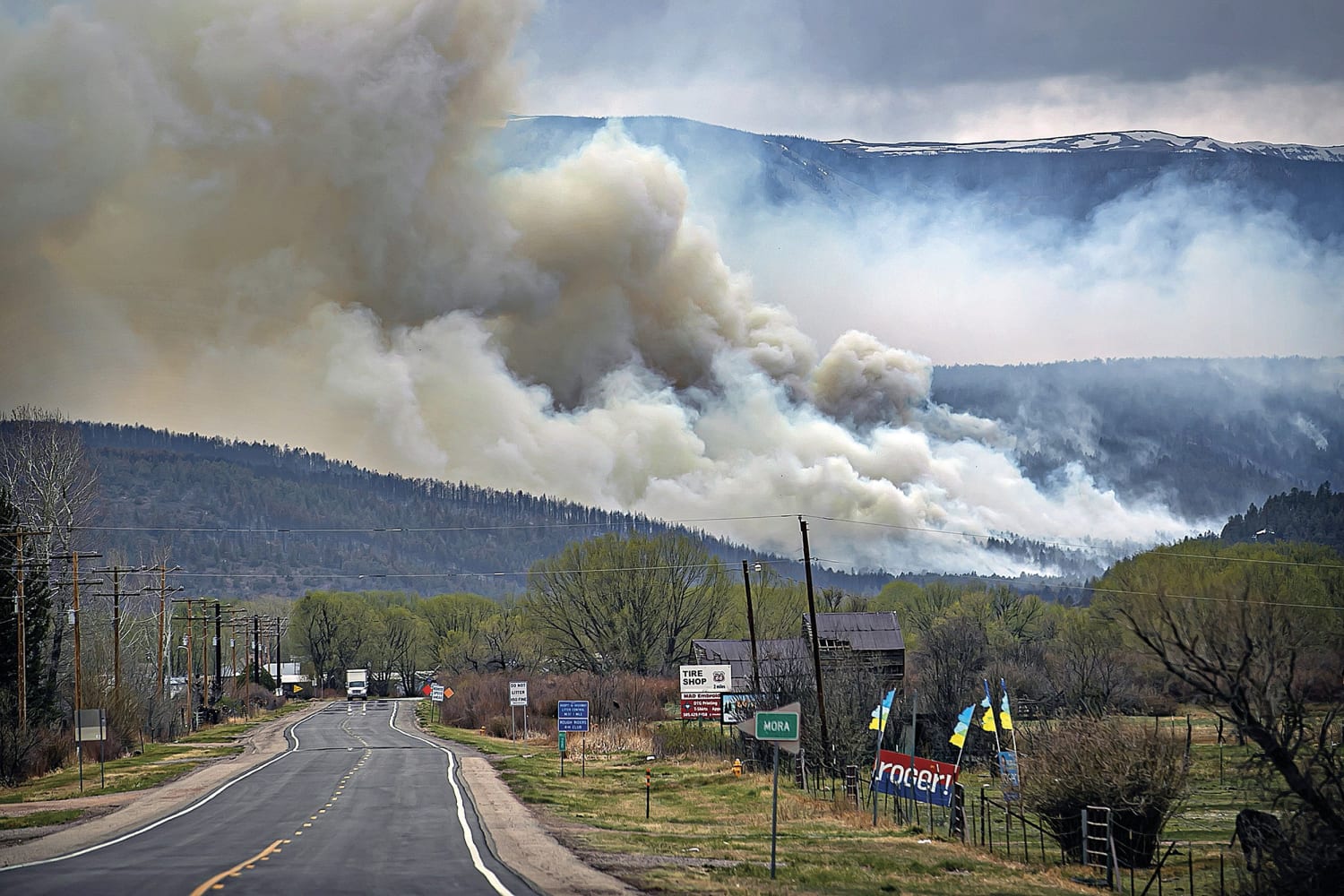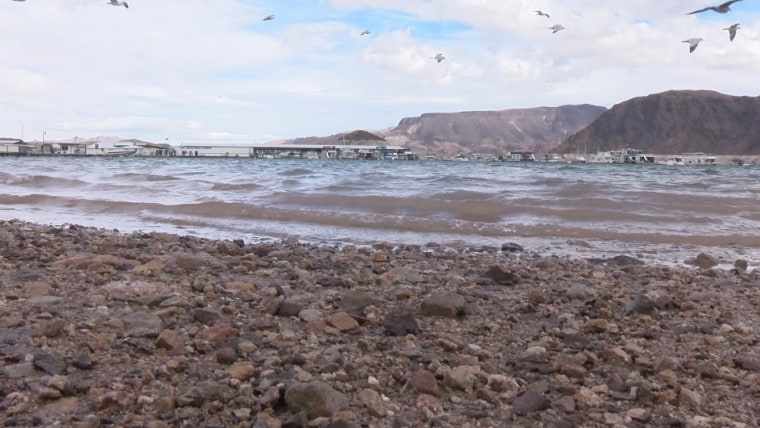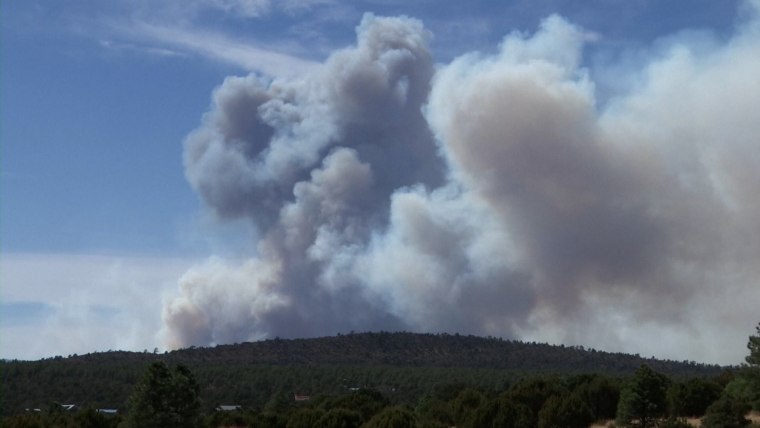Over half the contiguous United States was in drought at the beginning of May, government climate officials reported Monday, while wildfire season began earlier and the tornado count has been above average.
The figure from the U.S. Drought Monitor — that 53.8 percent of the lower 48 states have received a deficiency of precipitation — technically marks an improvement from a dramatic low in March, when the figure stood above 60 percent.
But so far this year, more land in the continental U.S. has received less rainfall than expected than in any year since 2012.
The consequences of this megadrought are increasingly visible in Nevada, where in April the water level in Lake Mead, America’s largest human-made reservoir, dropped so low as to reveal both a five decade-old intake valve for Nevada water customers and a badly decomposed body in a barrel in an area that had been submerged in water for decades.
Overall, according to data from the National Centers for Environmental Information, April was wetter and cooler than historic averages, but the National Oceanic and Atmospheric Administration emphasized that slight improvement in the past two months in drought conditions the lower Mississippi Valley, the Great Lakes, the northern Rockies and Plains, the Pacific Northwest and parts of Hawaii were counteracted by expansion and intensification of drought in the West, central Plains and Deep South.
The drier conditions in the West are leading to an earlier start to wildfire season, fueling multiple blazes that broke out in New Mexico in April and have since continued to burn, merge and grow.
As of Monday the largest New Mexico wildfire, the Hermits Peak and Calf Canyon fire, was just 43 percent contained after burning nearly 200,000 acres.
After a brief hiatus, winds picked back up Sunday and that fire grew overnight by an area larger than the city of Philadelphia. Red flag warnings across the Southwest on Monday meant firefighters were expecting dangerous weather conditions to continue to drive wildfire growth in the coming days.
A record-breaking number of tornadoes in March was followed in April, the NOAA wrote, by “above-average” twister activity.
More than 100 reports of tornadoes sprang from severe weather across the Southeast on April 5. This included an EF4 in Pembroke, Georgia, about 35 miles west of Savannah.
On April 12, severe storms in Central Texas produced a 5.6-inch hailstone and an EF3 tornado in Salado.
And on April 29, a tornado in Andover, Kansas, was captured on video and viewed widely on social media and in news reports. It was part of a system that produced tornadoes in Nebraska as well as other twisters in Kansas.
Source: | This article originally belongs to Nbcnews.com











